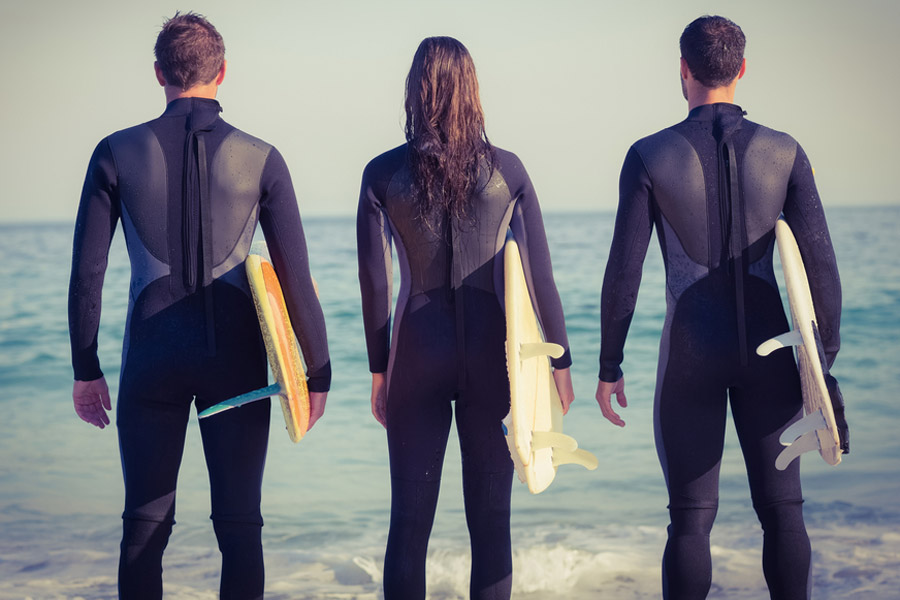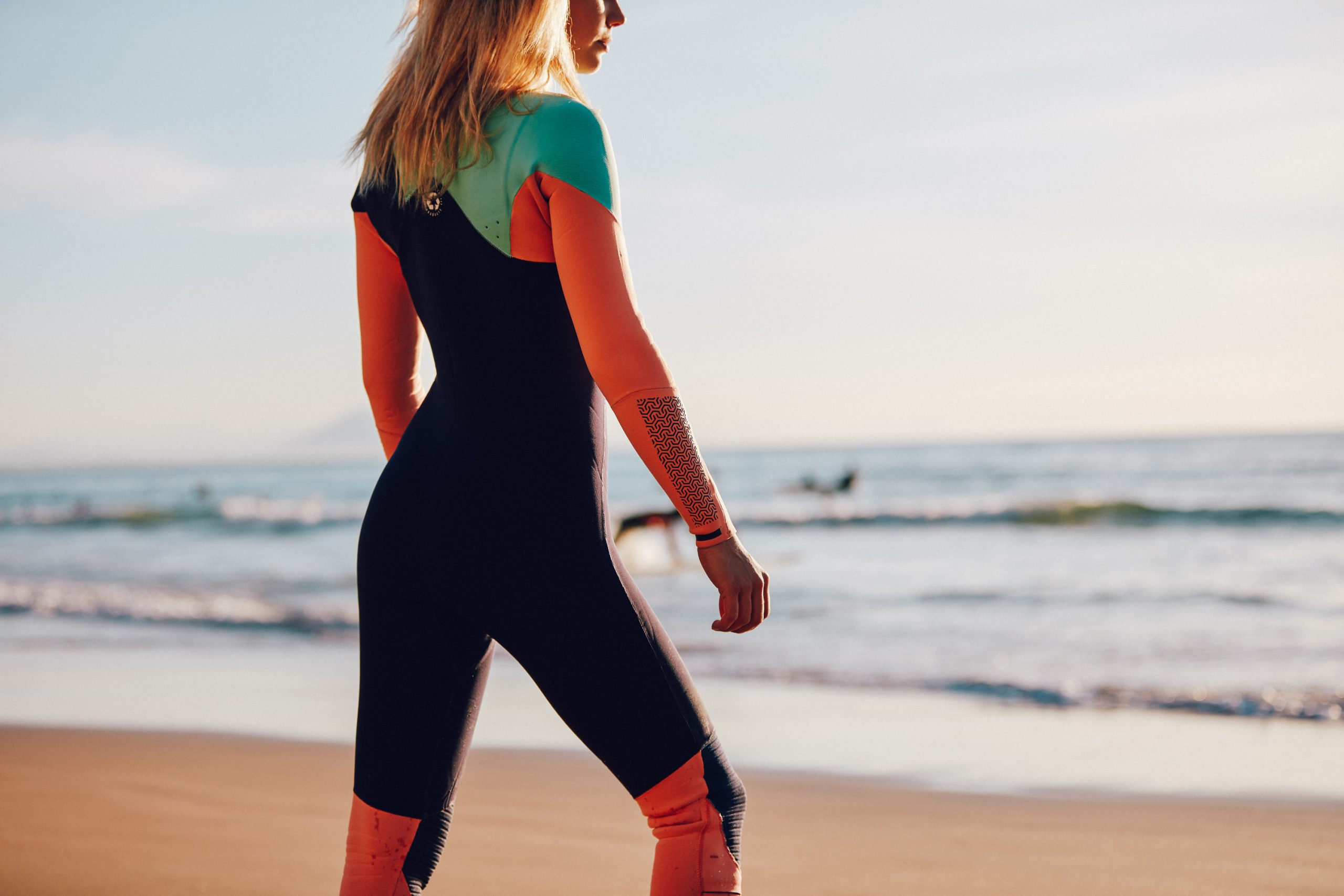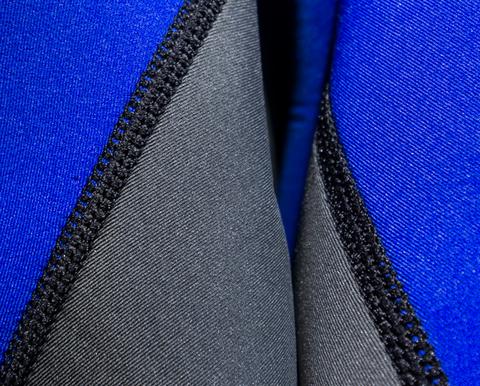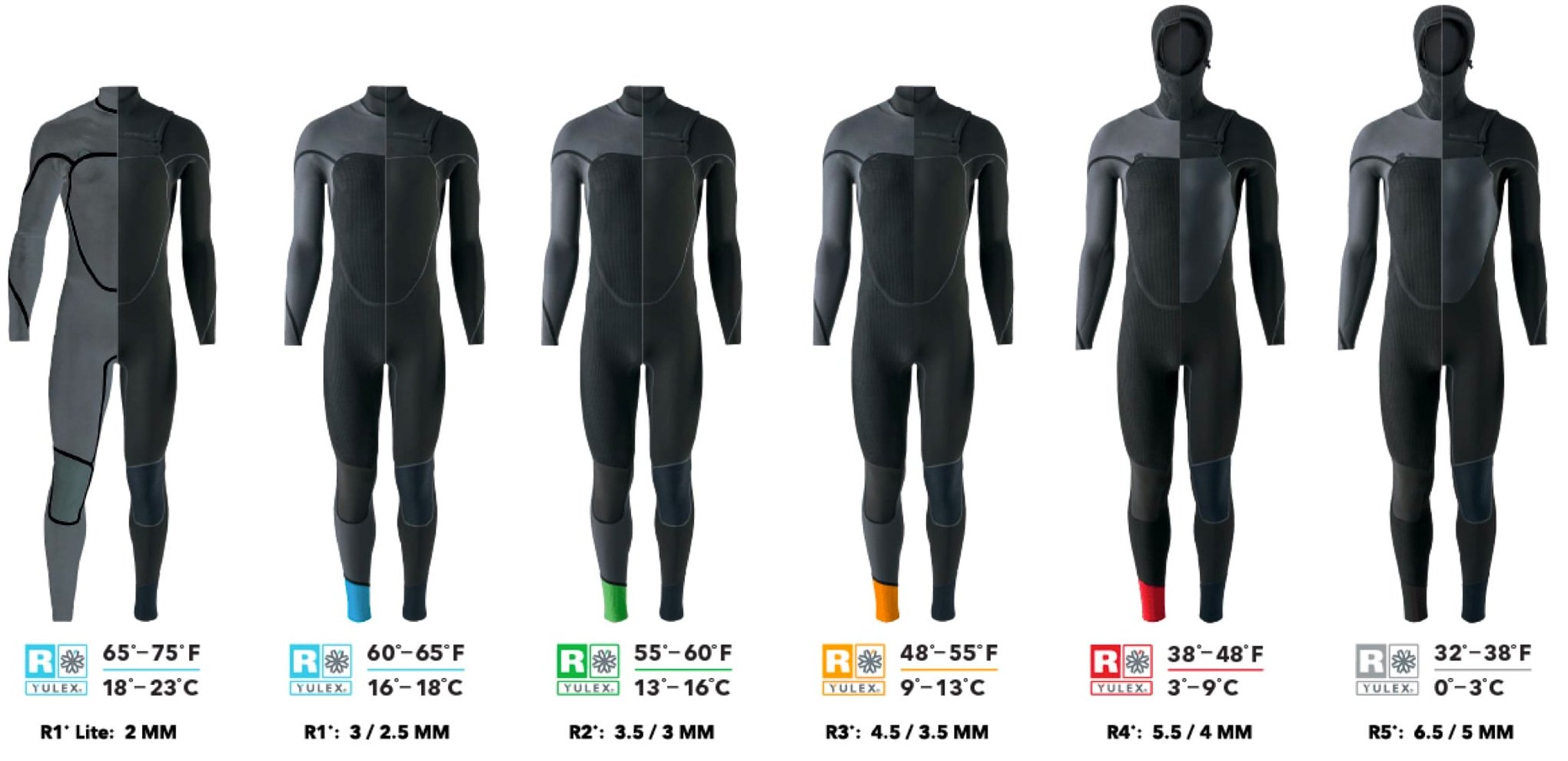
Choosing the correct wetsuit for surfing is a very important decision if we want to have a good surf session either at your favorite spot or at the Surf retreat you will be going to shortly.
Therefore, in this post we will give you several tips on how to choose the correct wetsuit for surfing.

The wetsuit is manufactured from a synthetic rubber filled with nitrogen micro-bubbles, a gas that has a great capacity to preserve temperature.
Thanks to this, a light and elastic material is achieved, perfect for surfing, windsurfing or any other sport that involves contact with water.
Types of Suits: Multiple combinations
Wetsuits can be found with different combinations of sleeves and legs. The most common being the combination of long arms and legs, called integral.

Having also: Short suit (Short arms and legs), Long arms and short legs, vice versa, etc. Combinations abound, which offers many options to consider when choosing your ideal suit, like any of these.
Neoprene Thickness: Important Measurements
One of the most important characteristics of wetsuits is the thickness of the plates that compose it.
Which is usually between 1 and 6 millimeters depending on the suit. The difference in thickness makes a big difference in the water, since the thicker, the more protection against the cold.
However, the thicker the suit, the more uncomfortable and difficult to move with it. The suits are usually made by combining neoprene sheets of different thicknesses.
For example, a 3 mm neoprene is usual in the chest, back and legs area and a 2 mm neoprene in the shoulder and arm area.
In this way, the suit will be more comfortable for paddling, and warm in the areas of the body that need it most.
Seams
A key aspect when choosing the correct wetsuit for surfing is its seams.
It depends on this that more or less water enters the interior of the suit. Basic wetsuits are usually sewn with flat seams, which allow a lot of water to enter the suit.

The Mid-High range suits are made using a gluing system and blind or invisible seams, that is, first a neoprene sheet is used and then one of the sides is sewn without the seams going through the material.
This mode ensures that there is no ingress of water through the seams. The high-end suits also have the seams sealed with a special rubber, which further achieves the perfect sealing effect.
Sizes: The Fit must be perfect
The wetsuit must fit completely against the body. Without any wrinkles or creases, but it should also be comfortable and easy to put on and take off.

There are special suits for men and women, with the characteristics according to each one.
Zipper: With or without?
There are two ways to put on and take off the neoprene: The system with a zipper on the back (the most common) and the system without a zipper (Also called “Neck”).
In the first, we use the zipper in the back area to be able to put on the suit and the second is put on by putting the body through the neoprene neck, made of a material that stretches enough so that we can pass the body without difficulty.
The advantage of the first is the ease of taking it off and putting it on, while the advantage of the second is that as it does not have a zipper on the back, less water enters.
This tips are important for your knowledge, as a surfers we need to have the best equipment for our surf session, and having the perfect wetsuit makes the difference.
